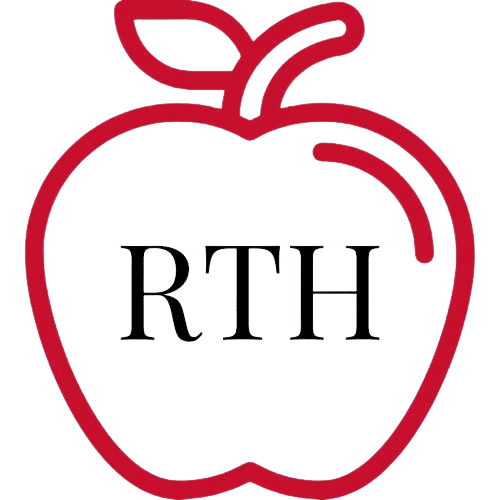The Proven Step-by-Step Plan to Lose Weight and Keep It Off
If I had to start from scratch on my weight loss journey, here’s exactly what I would do…
I’ve lost 8kg and kept it off, and these 4 simple steps would be my roadmap if I were starting fresh today.
Step 1: Get Clear on My Goal
The first thing I would do is clarify my goal. My aim is to lose weight, not to run a marathon, so running is not my tool of choice for weight loss. Instead, I would focus on creating a calorie deficit – meaning, burning more calories than I consume. This requires a balance of nutrition and exercise, and I wouldn’t let myself get distracted by excessive cardio or overcomplicated workout routines.
Step 2: Track My Calories and Weight for 14 Days
For 14 straight days, I would track everything I eat and my weight each morning. Tracking my food and daily scale readings helps me understand my starting point and pinpoint any patterns that might need adjustment. This is a crucial step in identifying where I stand with my current habits, so I can make informed decisions moving forward.
Step 3: Analyse the Data and Find My Maintenance Calories
Once the 14 days are up, I would carefully analyse the data. I would calculate the average number of calories I’ve been consuming and compare it with my weight trend.
-
If my weight has stayed stable, then my average intake is likely my maintenance calories.
-
If I’ve been losing or gaining weight, I’ll make adjustments to reflect that.
This step helps me know exactly where I stand and serves as the foundation for the next phase.
To make this process even easier for you, I’ve put together a FREE Maintenance Calorie Calculator – so you can quickly figure out your personal maintenance calories and start from the right place.

Step 4: Decide on the Next Steps – Reverse Diet or Fat Loss Phase?
Once I know my starting point, it’s time to decide my next move. If I’ve been eating very low calories for a while or feel like my metabolism has slowed down, I might opt for a reverse diet. This would involve gradually increasing my calorie intake to re-energise my metabolism before starting a fat loss phase.
On the other hand, if my metabolism feels strong and my food intake isn’t too low, I’d move directly into a fat loss phase, ensuring I’m in a small calorie deficit to lose fat slowly and sustainably.




